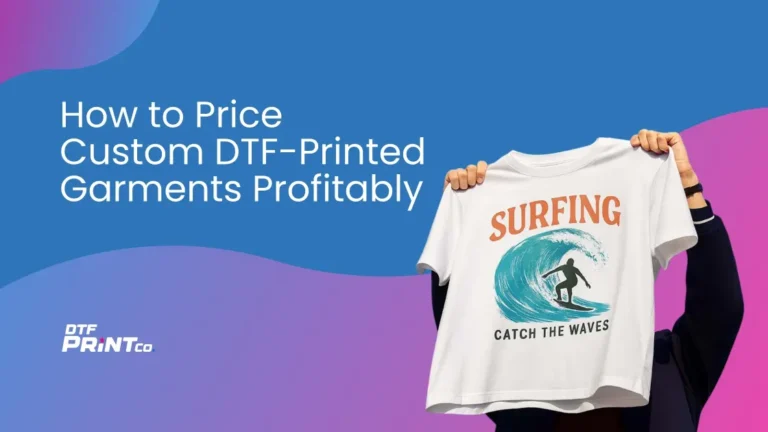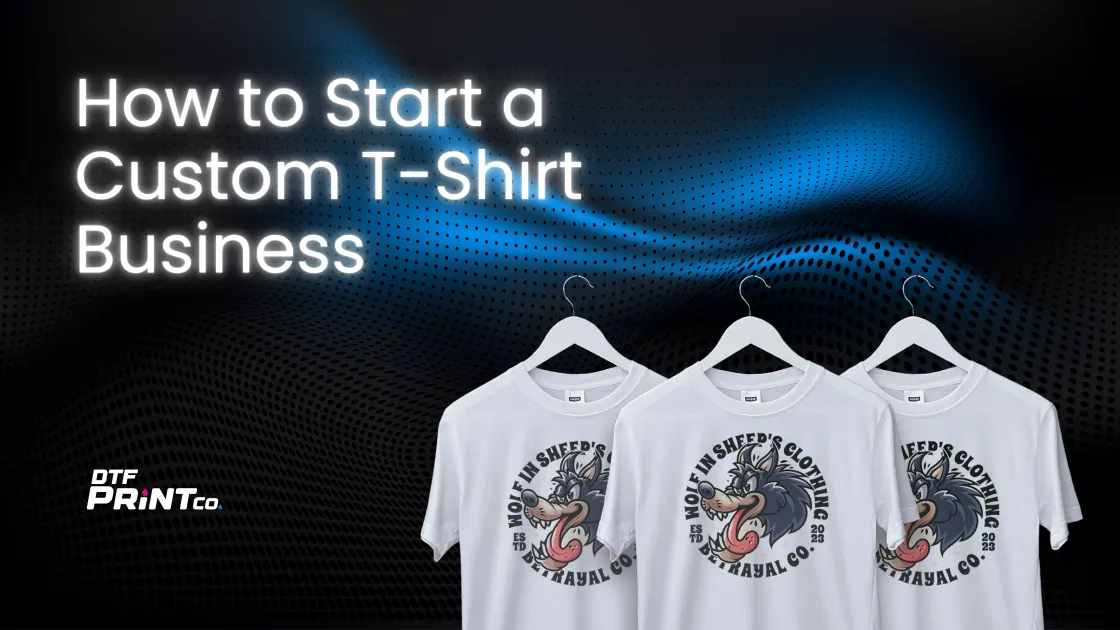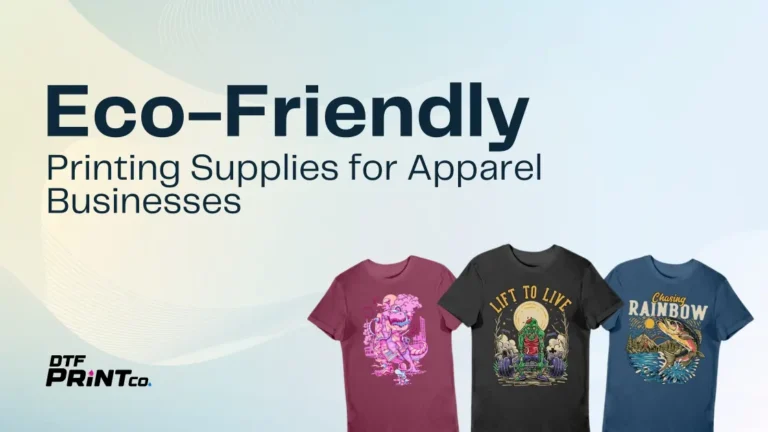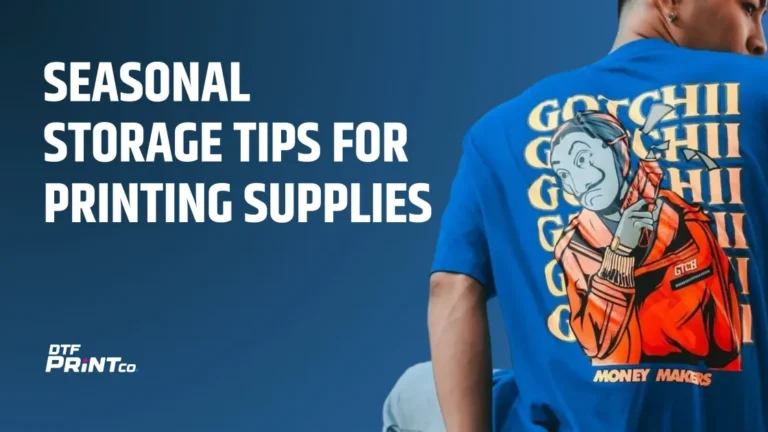Start a custom T-shirt business by choosing a niche, creating unique designs, selecting printing methods, setting up an online store, and marketing your brand. Keep costs low with print-on-demand or bulk suppliers. Follow a clear step-by-step plan to turn creative ideas into a profitable clothing brand.
Launching a custom T-shirt business is exciting—but it can feel overwhelming at first. Many beginners struggle with questions about equipment, design tools, and how to sell shirts online without big upfront costs. The good news? You don’t need a fashion degree or a huge budget to begin.
This guide shows you exactly how to plan, design, print, and sell T-shirts from scratch. You’ll learn how to pick a money-making niche, set up an e-commerce store, and promote your brand with smart marketing. Let’s walk through each step with clear examples so you can start selling with confidence.
Understand the Custom T-Shirt Business Landscape
The custom T-shirt market has grown into a multi-billion-dollar industry, driven by online shopping, fast fashion, and the demand for personalized products. Whether it’s a shirt with a clever slogan, a team logo, or eco-friendly designs, people are drawn to T-shirts that reflect their style or identity. According to Statista, the global custom T-shirt printing market is projected to reach over \$10 billion in the next few years, proving just how strong the demand is.
One of the first steps in launching your brand is understanding who buys custom T-shirts and why. Popular audiences include students, sports fans, small businesses, non-profits, and individuals who love expressive fashion. By knowing your audience, you can design shirts that connect with their lifestyle and values.
Popular Niches in the T-Shirt Business
Choosing the right niche is what separates thriving T-shirt brands from those that fade away. Instead of selling to everyone, focus on a group of people with shared interests. For example:
- Fitness enthusiasts who love motivational quotes.
- Pet owners who enjoy playful dog or cat designs.
- Travelers looking for destination-themed apparel.
- Eco-conscious buyers searching for sustainable fabric options.
By picking a niche, you reduce competition and build a loyal following.
Target Audience Research
You can research your niche through social media platforms, forums, and keyword tools. Look for what people talk about, what they wear, and what sells well. Platforms like Instagram, TikTok, and Pinterest are excellent for spotting emerging design trends. You can also use Google Trends to measure search interest in topics like “funny T-shirts” or “eco-friendly clothing.”
Plan Your Custom T-Shirt Business
Create a Solid Business Plan
A business plan gives you a clear roadmap for success. It doesn’t have to be complicated but should cover your goals, costs, pricing, and growth strategies. Key components include:
- Brand Vision: What do you want your T-shirt company to represent? Fun, sustainability, empowerment, or creativity?
- Startup Costs: Estimate expenses for design software, website hosting, and marketing. Using print-on-demand services reduces upfront costs since you don’t need inventory.
- Profit Margins: Decide how much to charge per shirt. For example, if a shirt costs you \$10 to produce and you sell it for \$25, your margin is \$15.
- Pricing Strategy: Consider whether you’ll sell retail at higher prices or wholesale for bulk discounts.
Here’s a simple comparison of pricing strategies:
| Strategy |
Pros |
Cons |
Example Use Case |
| Retail Pricing |
Higher profit per shirt |
Slower volume |
Online store |
| Wholesale Pricing |
Sell large quantities quickly |
Lower profit margins |
Supplying events |
| Hybrid Approach |
Flexibility to serve both markets |
Requires strong management system |
Growing brand |
Having these details documented makes it easier to stay focused and attract investors or partners later.
Legal & Administrative Steps
To run your T-shirt business legally, take care of the basics:
- Register Your Business: Choose a business structure such as sole proprietorship or LLC. An LLC offers liability protection, which is useful when running a clothing brand.
- Get Licenses & Permits: Requirements vary by location. In many areas, you’ll need a business license and a seller’s permit for collecting sales tax. You can check local requirements through your state or city’s business registration portal.
- Protect Your Brand: Register your business name and consider trademarking your logo to protect your designs.
These steps not only build credibility but also protect you from legal issues as your company grows.
Design & Branding: Stand Out in the Market
Develop a Unique Brand Identity
In a crowded market, your brand identity is what makes your T-shirt company memorable. It’s more than just your logo—it includes your visual style, messaging, and personality. Decide whether your brand should feel fun and playful, sleek and minimal, or bold and edgy.
Your brand identity should influence:
- Color Palette: Bright colors for a youth-focused brand, neutral tones for eco-conscious buyers.
- Typography: Bold fonts for strong statements, handwritten styles for artistic or casual themes.
- Logo Design: A professional logo that looks good on websites, social media, and printed tags.
Strong branding builds trust and makes customers more likely to remember and recommend you.
Create Compelling T-Shirt Designs
Your designs are the heart of your business. They need to grab attention while staying true to your brand identity. You don’t need to be a professional graphic designer to create market-ready products. Affordable tools like Canva or advanced options like Adobe Illustrator can help.
When creating designs:
- Keep It Simple: Minimalist designs often sell better because they’re easy to wear.
- Stay Trend-Aware: Track trending memes, slogans, or cultural movements—but avoid copyrighted material.
- Validate Ideas: Share mockups on social media or run small polls to see what people like before printing.
Customers want designs that feel fresh, authentic, and personal. Striking the right balance between creativity and market demand is what drives repeat sales.
Choose the Right Printing Method & Materials
Compare Printing Options
How you print your shirts will affect your costs, quality, and ability to scale. Here’s a breakdown of popular printing methods:
| Printing Method |
Pros |
Cons |
Best For |
| Screen Printing |
High quality, durable, cost-effective for bulk |
Requires setup, not ideal for small runs |
Bulk orders |
| Direct-to-Garment (DTG) |
Full-color designs, great for small orders |
Slower for large batches, higher cost per shirt |
Print-on-demand |
| Heat Press |
Affordable setup, good for beginners |
Designs may fade with washing |
Small businesses |
| Sublimation |
Vivid, all-over prints |
Limited to polyester fabrics |
Sportswear, creative prints |
| Vinyl Cutting |
Durable, textured look |
Limited to simple designs |
Custom names, numbers |
If you’re just starting out, DTG or heat press are affordable and flexible options. As your business grows, you may invest in screen printing for higher-volume orders.
Select Quality Fabrics & Blanks
The feel of your T-shirts matters as much as the design. Customers won’t return if your shirts shrink, fade, or feel uncomfortable. Choose 100% cotton for softness, or cotton-poly blends for durability and affordability.
Some of the most popular blank T-shirt suppliers include:
- Bella+Canvas – known for premium, soft fabrics.
- Gildan – affordable and widely available.
- Next Level Apparel – blends comfort with style.
For eco-conscious buyers, look into sustainable materials like organic cotton or recycled fabrics. Highlighting eco-friendly practices can set your brand apart in a competitive space.
Would you like me to continue with the next chunk (Set Up Your E-Commerce Store or Sales Channel + Market & Promote Your Brand)?
Set Up Your E-Commerce Store or Sales Channel
Build Your Online Store
An online store is the foundation of most successful T-shirt businesses. Platforms like Shopify, WooCommerce, and BigCommerce make it simple to create a professional, mobile-friendly shop without coding. When setting up your store, focus on:
- High-Quality Product Pages: Use clear photos and detailed descriptions to showcase fabric type, fit, and care instructions.
- User-Friendly Navigation: Organize products by style, size, or theme so customers can quickly find what they want.
- Secure Checkout & Multiple Payment Options: Include popular gateways like PayPal, Stripe, and credit card payments.
Don’t forget search engine optimization (SEO). Include keywords like custom T-shirt printing and unique shirt designs in titles, meta descriptions, and image alt tags. Helpful resources like Shopify’s SEO guide can walk you through on-page optimization.
Explore Additional Sales Channels
In addition to your own store, you can increase reach and reduce risk by selling through multiple platforms:
- Print-on-Demand Platforms: Services like Printful or Printify handle printing and shipping after each order, perfect for starting with minimal investment.
- Marketplaces: Etsy and Amazon Merch already have millions of shoppers searching for custom apparel. Use detailed tags and lifestyle photos to stand out.
- Local & Offline Sales: Farmers’ markets, craft fairs, and pop-up shops can help you connect with customers face-to-face and test new designs.
Many brands use a hybrid approach: their own e-commerce store for higher margins plus print-on-demand or marketplace listings to tap into new audiences.
Market & Promote Your T-Shirt Brand
Build Awareness on Social Media
Social media marketing is one of the fastest, lowest-cost ways to grow your brand. Platforms like Instagram, TikTok, and Pinterest are especially powerful for visual products like apparel. Post engaging content such as:
- Behind-the-scenes videos of your design or printing process.
- Short lifestyle clips showing people wearing your shirts.
- Interactive polls or challenges that encourage audience participation.
Use hashtags strategically and collaborate with micro-influencers to expand your reach without spending heavily on ads.
Run Paid Advertising & Influencer Campaigns
Once you have proven designs and steady traffic, paid advertising can scale your business. Start small with Facebook or Instagram ads, using lookalike audiences based on your current customers. Track performance and adjust based on which ads drive the most conversions.
Influencer marketing can also boost credibility. Partner with micro-influencers who have dedicated niche followings rather than focusing only on big-name celebrities. Offer free products or a commission on sales through affiliate links. This approach builds authentic exposure and often costs less than traditional ads.
Use SEO & Content Marketing
Search engines can deliver consistent, long-term traffic to your T-shirt store. To leverage this:
- Research keywords like funny custom T-shirts or eco-friendly apparel and include them in product pages.
- Write blog posts or style guides that answer common buyer questions, such as “How to wash printed T-shirts without fading.”
- Collect reviews and testimonials, which increase trust and improve search rankings.
Building an email list is another cost-effective way to retain customers. Offer a discount on first purchases or early access to new designs to encourage sign-ups. Regular newsletters featuring design updates, sales, or styling tips keep your brand top of mind.
Manage Operations & Scale Your Business
Fulfillment & Inventory Management
Efficient order fulfillment keeps customers happy and protects your brand reputation. If you’re running a print-on-demand model, fulfillment is handled by the printing partner, making it nearly hands-off. For those who print and store inventory themselves, focus on:
- Accurate Inventory Tracking: Use apps like Zoho Inventory or Shopify’s built-in tools to avoid overselling.
- Fast Shipping: Offer clear delivery estimates and tracking numbers. Customers value speed and transparency.
- Quality Control: Inspect batches for printing flaws, color issues, or sizing errors before shipping.
Deciding between in-house fulfillment and outsourcing depends on your volume and goals. In-house gives more control and higher profit margins, while outsourcing frees up time to focus on marketing and design.
Customer Service & Retention
Great customer service leads to repeat buyers and word-of-mouth referrals. Respond promptly to questions, address complaints with professionalism, and make returns easy. Even a small gesture—like handwritten thank-you notes or loyalty discounts—helps strengthen customer relationships.
Consider adding live chat support or automated email responses to handle common inquiries. When customers feel valued, they are more likely to recommend your brand and come back for new designs.
Scaling & Diversifying
When sales are steady and operations run smoothly, you can focus on growth. Strategies to scale include:
- Expanding Your Product Line: Add hoodies, caps, tote bags, or limited-edition collections.
- Targeting New Markets: Explore international shipping or regional designs for different cultures.
- Data-Driven Decisions: Use analytics tools like Google Analytics to identify top-selling designs and customer demographics.
Scaling doesn’t mean rushing. Grow steadily by testing small batches of new products and gauging market response before committing to large runs.
Common Mistakes to Avoid
Even creative, passionate entrepreneurs can stumble if they overlook key details. Avoid these common pitfalls:
- Underpricing Products: Many new sellers set prices too low, forgetting to factor in marketing, transaction fees, or potential discounts. Ensure your margins cover all costs while remaining competitive.
- Ignoring Product Quality: A stylish design won’t save a poorly made T-shirt. Choose reputable suppliers and test samples before launching.
- Neglecting Marketing & SEO: Relying only on friends and family to drive traffic will limit growth. Consistent marketing—paid or organic—is essential.
- Failing to Research the Market: Launching without understanding your audience can lead to unsold stock and wasted effort. Spend time upfront to validate demand.
- Skipping Legal Protection: Unregistered business names or unprotected designs invite risk. Secure your licenses, trademarks, and copyright protections early.
By planning carefully and learning from these common errors, you can save time, reduce costs, and build a stronger foundation for your T-shirt business.
Conclusion
Starting a custom T-shirt business is a realistic way to turn creativity into profit. By understanding the market, planning your business, creating standout designs, and choosing the right printing method, you set a solid foundation for success. Building an e-commerce store, promoting your brand on social media, and delivering excellent customer service help you grow steadily. Whether you begin with print-on-demand or manage your own inventory, the key is to start small, test ideas, and scale with data-driven decisions. With consistent effort, your T-shirt brand can become a reliable income source and a recognized name in its niche.
FAQs
How much does it cost to start a custom T-shirt business?
Startup costs can range from under \$100 using print-on-demand to several thousand dollars if you invest in your own printing equipment and bulk inventory. Begin with the leanest model and reinvest profits as you grow.
Which printing method is best for beginners?
Direct-to-garment (DTG) and heat press are the most beginner-friendly. They require low upfront costs and work well for small orders or testing multiple designs.
How can I sell T-shirts without keeping inventory?
Use a print-on-demand service like Printful or Printify. They print and ship each order as it’s received, so you never have to store stock or handle shipping yourself.






